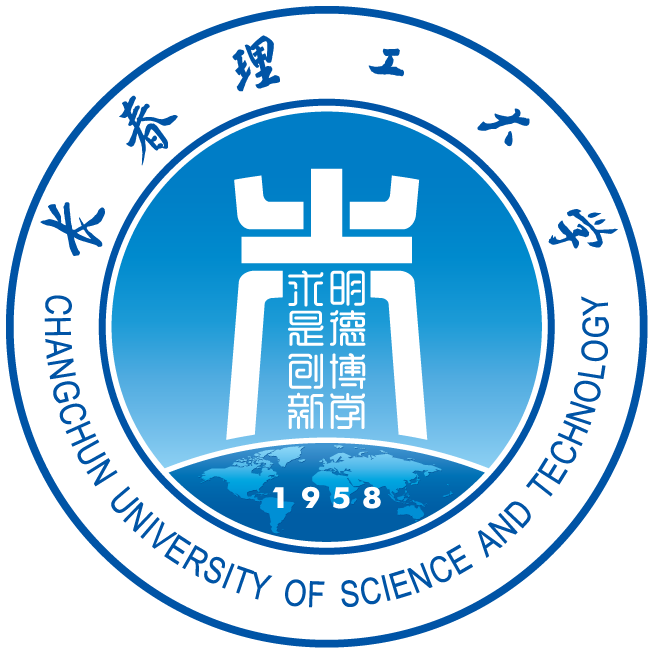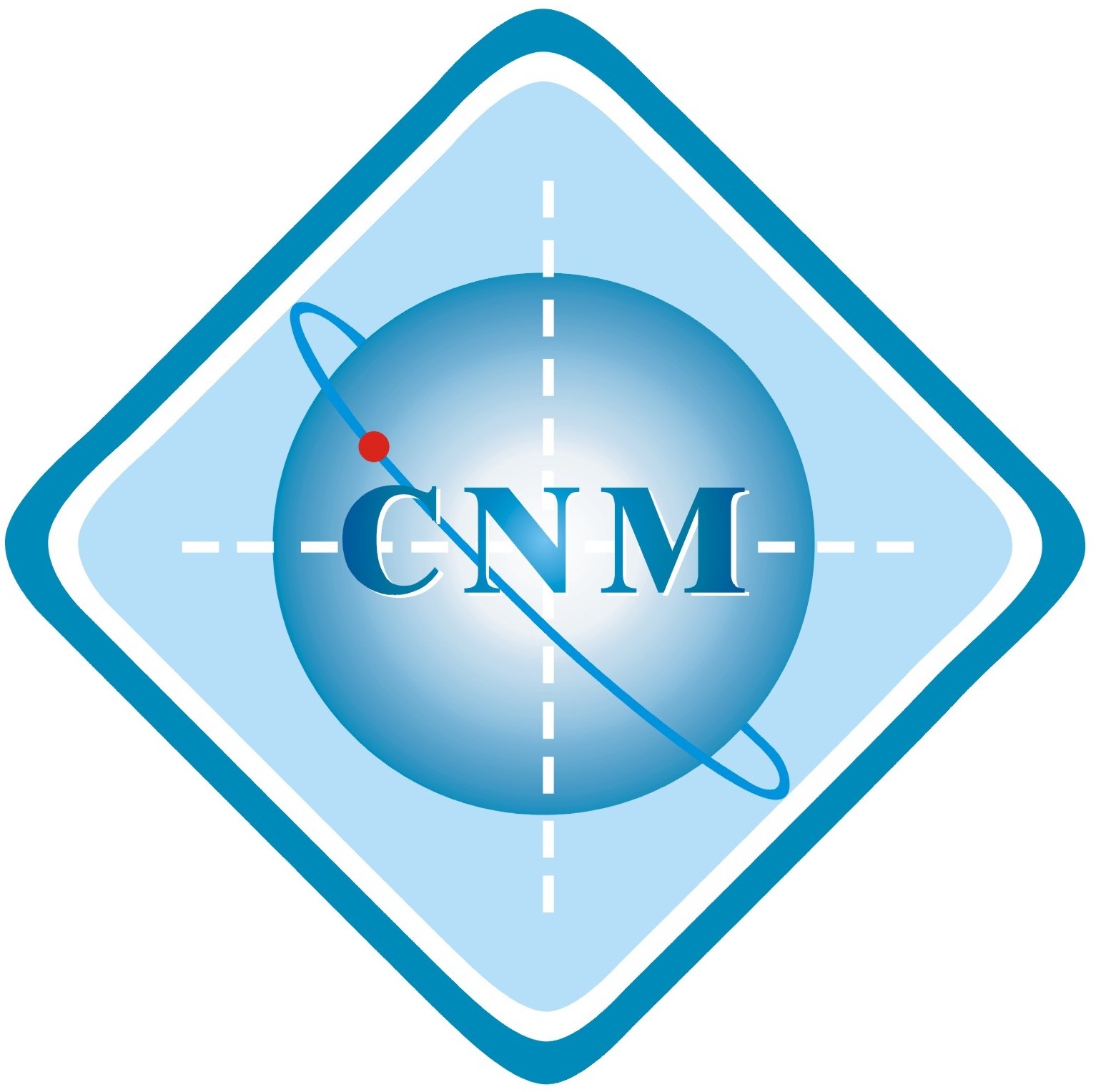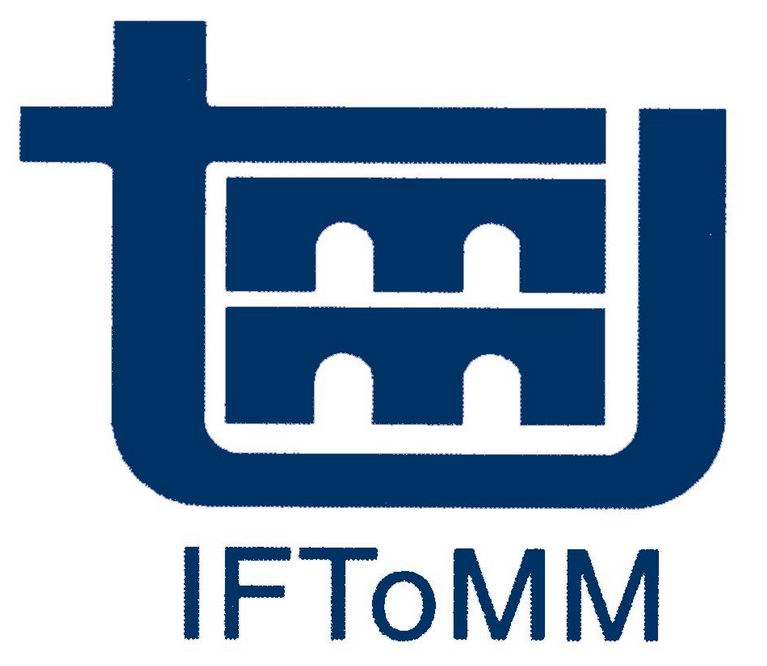| |
Xi’an’s History
Xi'an is among the Top Four Ancient Capitals of the world, in the company of Athens, Rome and Cairo. It once functioned as the political, economic and cultural center of China and as the starting point of the Silk Road.
In China’s remote antiquity, “Lantian Ape Man” lived in its region; in the Neolithic Period, “Banpo Villagers” settled there to set up their tribes. In the year 1046 BC in the Western Zhou dynasty, Xi'an was called Fenghao, which was the combination of two cities, Fengjing and Haojing, established by the Emperor Wen and Emperor Wu of Zhou respectively. In the history of China, the two cities were the first national capitals to rule the entire state.
In the early Western Han Dynasty (206 BC- AD 220), Liu Bang established his capital in Xi'an and named it Chang'an, which means “eternal ruling and permanent peace”; from then to the late Tang dynasty (618-907) the city took the name of Chang'an.
After the Tang dynasty, Chang'an was renamed Jingzhou Prefecture during the Later Tang dynasty, Shaanxi Province during the Song dynasty (960-1279), Anxi Province during the Yuan dynasty (1271-1368), and Fengyuan Province later in the Yuan dynasty. It functioned as the political, economic and cultural center of northwestern China. In the spring of 1369, the second year of the Ming dynasty, Xu Da, a general under the Hongwu emperor, occupied Fengyuan province and renamed it Xi'an, meaning “to pacify northwest”. Since then, the name of Xi'an has been adopted.
May 20, 1949 celebrated the liberation of Xi'an city. Upon the founding of the People's Republic of China, Xi’an has become a key center for scientific research, higher education, national defense and hi-tech industry in China. It is also a hub of finance, science and technology, education, tourism, and trade in the country's mid-western northern region.
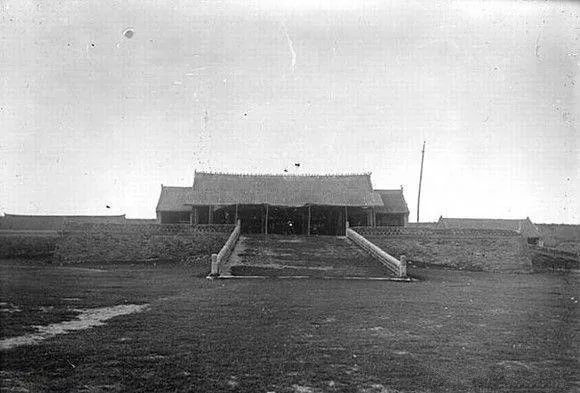
Xi 'an government agency(1907)
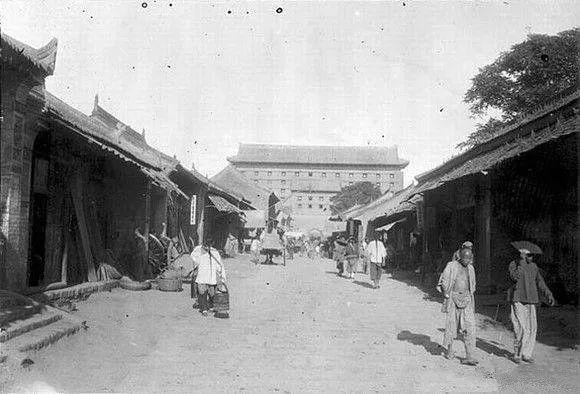
Andingmen(1907)
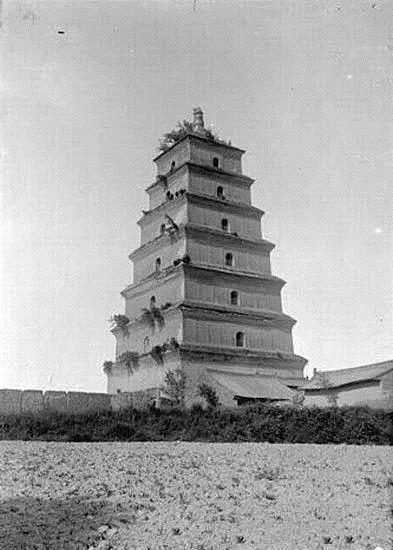
Big Wild Goose Pagoda(1907)
Xi’an’s Climate
Xi'an has a temperate climate that is influenced by the East Asian monsoon, classified under the Köppen climate classification as situated on the borderline between a semi-arid climate (BSk) and humid subtropical climate (Cwa). The Wei River valley is characterised by hot, humid summers, cold, dry winters, and dry springs and autumns. Most of the annual precipitation is delivered from July to late October. Snow occasionally falls in winter but rarely settles for long. Dust storms often occur during March and April as the city rapidly warms up. Summer months also experience frequent but short thunderstorms. The monthly 24-hour average temperature ranges from around the freezing mark in January to 27.0 C (80.6 F) in July, with an annual mean of 14.08 C (57.3 F). With monthly percent possible sunshine ranging from 31 percent in December to 47 percent in August, the city receives 1,536 hours of bright sunshine annually.
Take august as an example, data provided by the world meteorological organization recorded in 2019 are as follows:
Absolute Highest Temperature: 38°C (August 15, 2019)
Absolute Lowest Temperature: 17°C (August 29, 2019)
Affected by terrain and monsoons, Xi’an’s climate is generally characterized as cold in the winter and hot in the summer.
|
|




